If you’re planning on visiting Montana anytime soon, consider making the trip around a time of year when you can see the northern lights. While some areas of the state have higher visibility than others, overall, Montana’s wide open spaces combined with low air pollution make for some of the clearest night skies in the U.S.
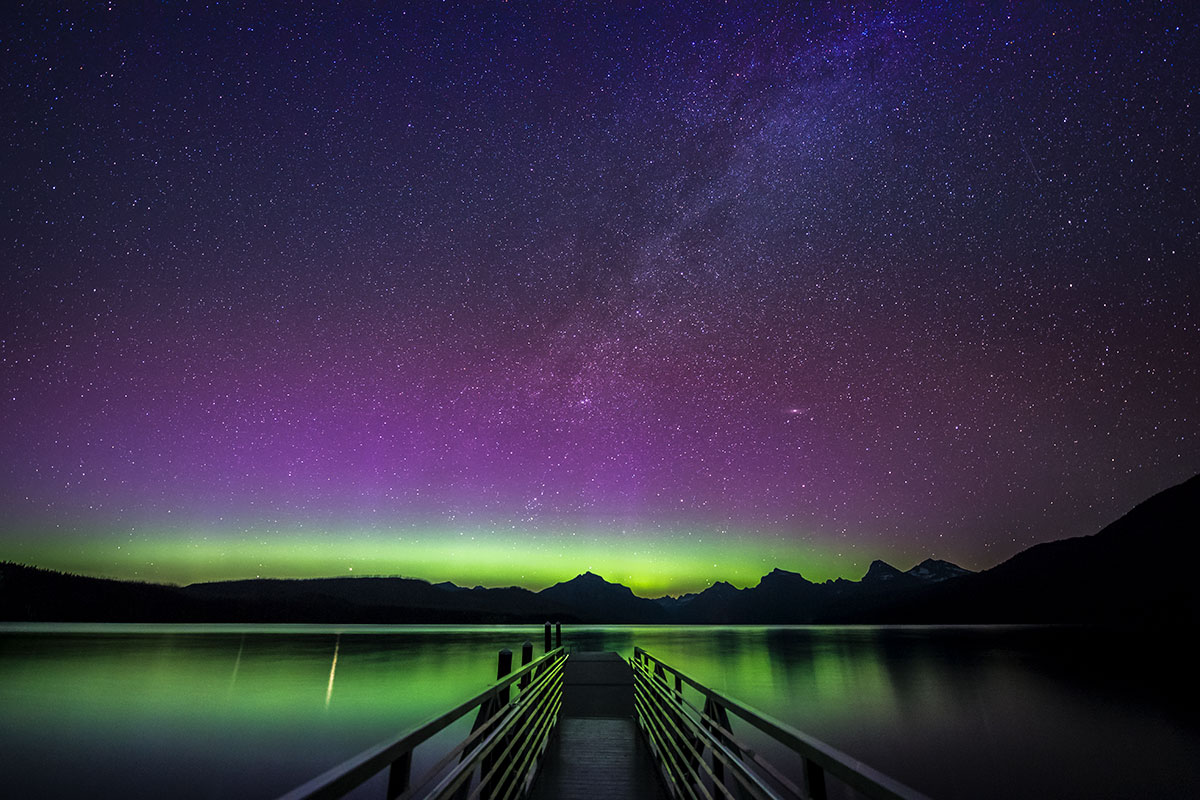
(Northern Lights and Milky Way over Lake McDonald, Glacier National Park, Montana)
What Are Northern Lights?
The northern lights or aurora borealis are the visible collision of electric-charged particles from the sun and gases in the earth’s atmosphere.
They are only visible near the north and south poles. The most common colors are green and pink although colors like red, purple, and blue have been seen in the past. The common green color is formed when the sun’s particles collide with oxygen molecules, and purple rays happen when the primary gas is nitrogen.
Where Can You See the Northern Lights in Montana?
1. Glacier National Park
Although seeing the northern lights above Glacier National Park is a rare event, when it does happen and the skies bask in the illumination of the light show, it is said to be a vivid memory that will last a lifetime. Many will deem witnessing the northern lights in person as a once if a lifetime opportunity.
The best chance to get a view will happen in the late fall and winter when the nights are longer. The darker the sky, the better the show. Early spring has also been a promising time to witness the light show. As always, the nights that are cloudless and dark are best. Fortunately, many areas in Montana have little light pollution that will increase the chance to catch sight of the lights.
Best places to view
- Bowman – The most northern parts of the park will offer the best chance to witness the lights. Bowman is considered to be more of an off-grid destination. Deeper into the North Fork region, the pitch-black skies and serene surroundings offer an ideal place to view.
- Kintla Lakes – Similar to Bowman, the lakes can be found along unsealed park roads, which means it takes more effort to get out there. The more effort it takes means that it’s not likely you’ll be sharing your space with someone else. Both lakes are near the Polebridge community, which is also in the North Fork region.
- Lake Mcdonald – The lake is located just 2 miles from the west entrance of the park. It is a glacier-carved lake and is one of the favorite locations to view the northern lights. The lake offers a unique show as the bright aurora will reflect off of the water. In addition, the surrounding high peaks encapture the light and glow.
- North Fork, Flat Head River – Not only is this a great fishing spot, but it is also a terrfic viewing spot for the Northern Lights. Absolutely beautiful scenery with unobstructed views of the night sky.
2. Big Sky
The best experiences tend to always come from going off the grid. Though these trips tend to take a little more planning and preparation, they are always worth the extra effort for the experience gained from it. Off-grid means access to the purest, black sky, which will create the ideal atmosphere to witness the northern lights.
It is important to note, this otherworldly light show doesn’t happen every night. It is recommended to pay close attention to the K-Index if you want the best chance to be in the right place at the right time.
“The K-Index is a measurement of the relative fluctuation in Earth’s geomagnetic fields. The higher the K-index (on a scale of 0 to 9), the better your chances of viewing the northern lights and seeing them at lower latitudes. For regions of Montana south of I-90, a Kp of 7 or higher is generally required to see the northern lights." source
3. Whitefish Lake
Whitefish lake is a secluded area located within the Whitefish Lake State Park. The lake is one of the most popular lakes in Montana. It is about 1 mile wide and 7 miles long. The lake, along with the immense mountain backdrop, is known to be a spectacular spot to witness the northern lights on rare occasions the atmospheric conditions are optimal.
4. Sleeping Giant Montana
Sleeping giant is another popular destination to catch the mesmerizing colors of the northern lights in the sky. It is located just outside of Helena, Montana. The mountain sits at 8,917ft elevation and much of the 6,665-acre wilderness park is roadless land. The less humanization, the more pure dark skies are available to catch the northern lights.

(Northern Lights Over the North Fork of the Flathead River)
5. Bozeman
Bozeman is a known location to every avid adventurer, especially those who love the mountains and backcountry exploring. Viewing the northern lights in Bozeman offers an opportunity to be closer to town and not so exposed to the cold and surrounding nature. Although this is all a part of a memorable experience, it’s not everyone’s cup of tea.
6. Missoula
Missoula is peacefully located in the heart of the northern Rocky Mountains. Its location near the Clark Fork, Bitterroot, and Blackfoot Rivers offers several great areas to catch the northern lights. With its location in western Montana, Missoula is the meeting point of the five vast mountain ranges, a view desired by many on the hunt to catch the northern lights.
7. Makoshika State Park
The state park is located in Dawson County Montana. It is the largest state park in Montana with more than 11,000 acres. With so much wide, open space, it has become a popular location to view the northern lights. It is possible to go off the grid to the point of being surrounded by nothing but nature. The dark skies and clean air offer the ideal chance to catch the rare phenomenon.
A fun fact: The park also features badland formations and the fossil remains of Tyrannosaurus Rex, Triceratops, and other prehistoric life.
(Related: 6 Best Places To See The Northern Lights In Wisconsin)
Tips To See The Northern Lights In Montana
- The Northern Lights’ visibility depends on conditions like cloud cover, the viewer’s proximity to light pollution, and the time of day. For maximum visibility, get as far away from light pollution as possible, and choose a nice, long winter night.
- Another light issue to take note of is the moon. The brighter the moon is, the harder it will be to see the lights so check the lunar cycles and plan to scope out the lights during a new moon, the darkest of the moon cycles.
- The best time of year to see the northern lights is in the winter. In the icy cold months of December-March, the sky is usually much clearer and the nights longer.
- The best time of day to dee the northern lights is the nighttime! Word has it that the perfect time to see them is midnight.
- The Northern Lights are best seen in the winter months, and when the K-index is high. Montana when the K-index was at a 7. You can check for K-index levels online if you want to be positive that you’ll see the Lights!
- Picking your viewing spot is everything! Make sure you choose an area that has a clear viewing of the sky. You can’t always predict where the rays will appear in the sky, so the larger the opening, the better.
- Download the Aurora Forecast app. It has everything you need to help you see the awesome spectacle in the night sky.
- Check the weather to make sure that there won’t be any storms or even stray clouds. Clouds can really block your view, so aim for as clear of a night as possible. This is why winter is the best option for seeing the lights; the nights are usually very clear.
It’s totally possible to see the northern lights in Montana! The key is timing and weather conditions. Make your trip during the winter, stake out your spot away from city lights and in the middle of the night, and your chances of seeing the amazing aurora borealis are much high

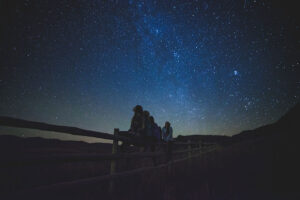
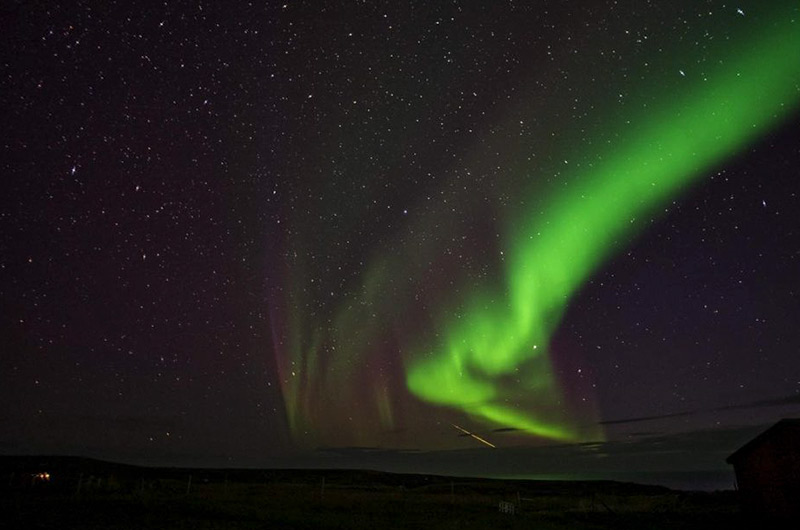
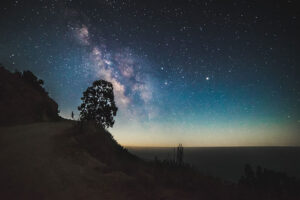
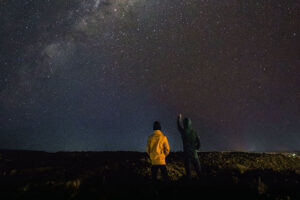
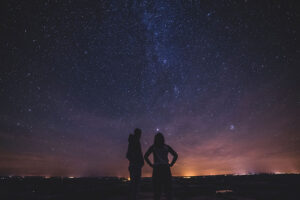
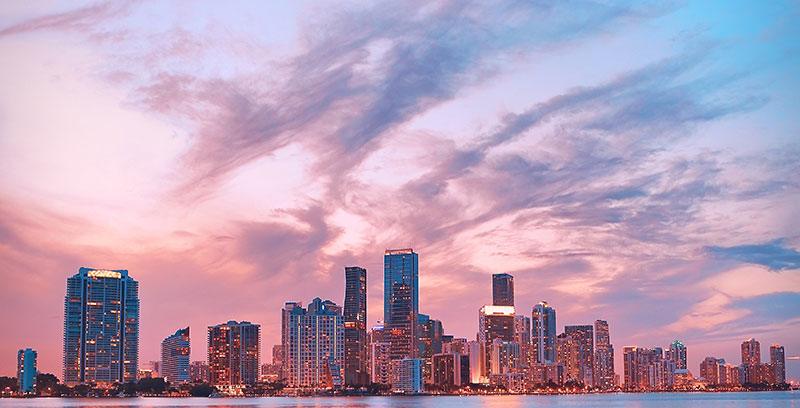
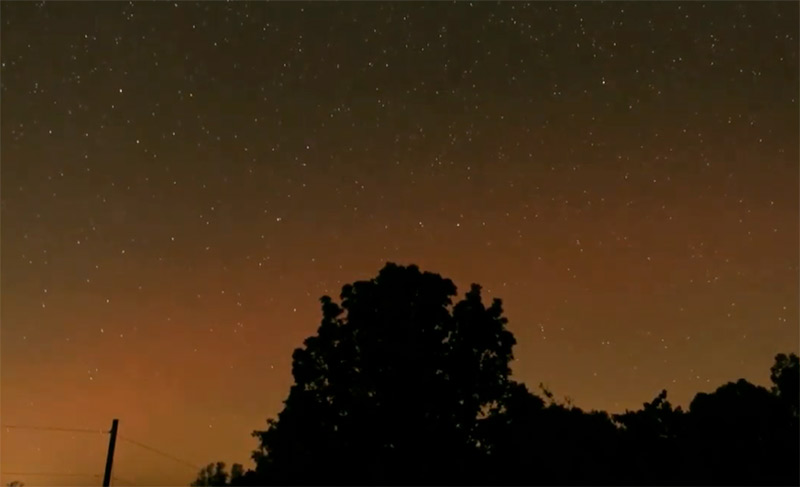
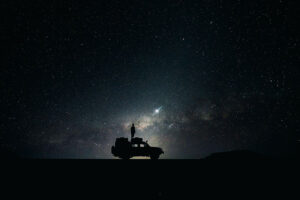
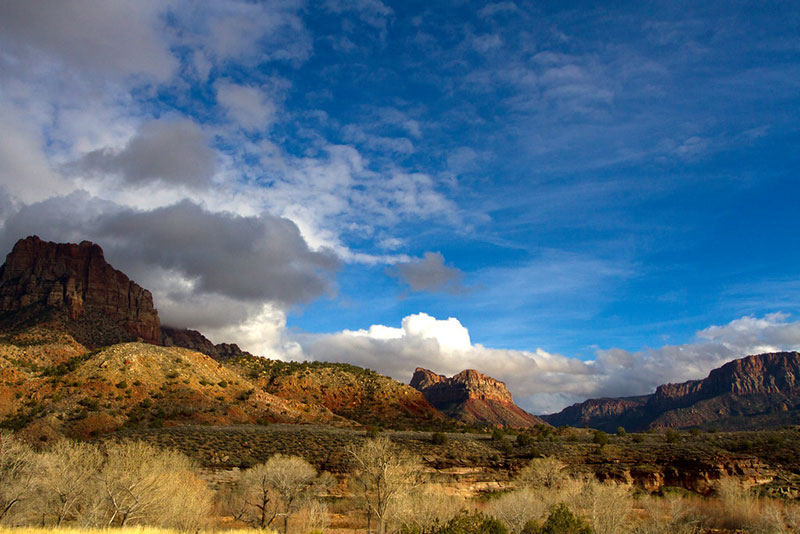
Leave a Reply